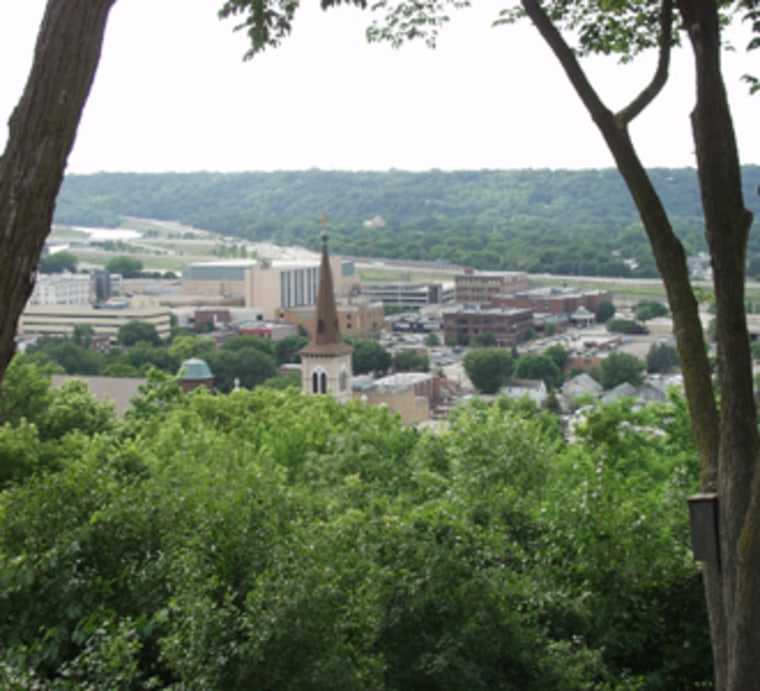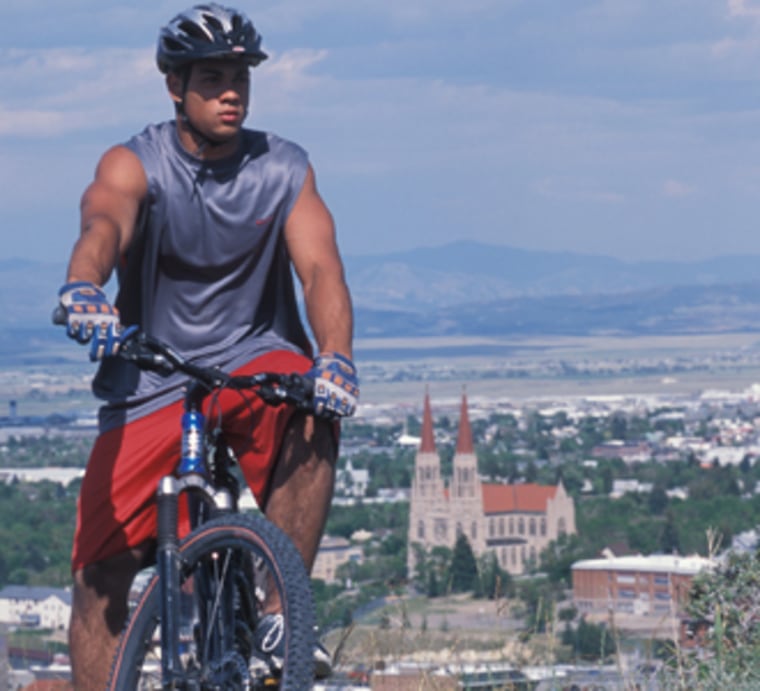America may be a metropolitan nation, but most of us don't seem very happy about it.
A total of 252 million people — 83.5 percent of all Americans — live in metropolitan areas. That includes 164 million in the 51 biggest metros, the ones with populations above 1 million.
Yet a substantial number of these residents of big cities and inner-ring suburbs don't have their hearts in it. They would prefer to live on the suburban fringe or in small-town America, as repeatedly shown by surveys during the past decade:
- A 2005 poll by Where to Retire magazine found that only 8 percent of respondents were planning to spend their golden years in urban centers. The other 92 percent were opting for retirement in rural towns or suburbs.
- Thirty-nine percent of Americans surveyed by Adweek in 2002 chose small towns as the best places to live, citing "sense of community" and "friendlier people" as the key reasons. Suburbs and big cities were picked by 27 percent and 21 percent, respectively.
- A 1998 poll by Professional Builder magazine asked participants to select the ideal site to build a home. Two-thirds said they would break ground far from any major city.
Most people never follow through with these impulses, of course, which is why metropolitan areas continue to dominate America.
But some do manage to escape congested cities and sprawling suburbs. The U.S. Census Bureau recently reported that 235,000 families moved from metropolitan areas to nonmetropolitan regions in 2006 — an average of 640 families per day.
But where's the best place for them to go? The answer is provided by a new bizjournals analysis of 140 micropolitan areas. It identifies America's 10 "dreamtowns," the small towns that offer the best quality of life without metropolitan hassles.
Topping the list is Torrington, Conn., which is tucked in the hill country in the northwestern part of the state. Its residents enjoy high income levels and a strong educational system that would be the envy of most suburbs. Only 36,000 people live in the city of Torrington itself, 190,000 in its entire region.
Here are the top three small towns:
- Torrington, Conn.
- Bozeman, Mont.
- Lexington Park, Md.
Bizjournals highlighted the 10 dreamtowns with the highest quality-of-life rankings here, including dreamtown honorable mentions — cities.
Bizjournals compared 140 micropolitan areas in 20 statistical categories, using data from the U.S. Census Bureau. A micro consists of a central community with 10,000 to 50,000 residents, along with the surrounding countryside. It is, in effect, a small-scale version of a metropolitan area.
The study was inspired by the heavy public interest in small-town life. Its aim was to identify communities that would be most attractive to people considering such a move. The highest scores went to well-rounded places with light traffic, healthy economies, moderate costs of living, impressive housing stocks, strong educational systems, and easy access to big-city attractions.
This year's 10 dreamtowns fit into four clusters, reflecting their shared geographic characteristics. Two are regions (New England and the Midwest), one is the state of Montana, and the fourth is a pair of small towns that are both near large bodies of saltwater:
- New England: Torrington, Conn.; Lebanon, N.H.-Vt. Concord, N.H.
- Midwest: Mankato-North Mankato, Minn.; Stevens Point, Wisc.
- Montana: Bozeman, Mont.; Helena, Mont.; Kalispell, Mont.
- Seaside: Lexington Park, Md.; Oak Harbor, Wash.

These 10 dreamtowns also differ in important ways. Two of the most prominent are population and proximity to big cities.
Torrington, with a micropolitan population of 190,119, is the largest community in the top 10, though still small by metropolitan standards. Stevens Point is the tiniest dreamtown at 67,484, about one-third of Torrington's size. (Both population figures encompass residents of the central city and the surrounding region.)
Distances to big-city attractions vary by an even more substantial margin. Oak Harbor is just 40 air miles outside of Seattle, while Bozeman is 517 miles away from any major metropolitan area — in its case, Denver. (A major metro is defined as one with at least 2.5 million residents.)
The 15 runners-up in bizjournals' rankings have qualified for the honorable mention list, a step below dreamtown status. This group ranges from No. 11 Midland, Mich., to No. 25 Watertown-Fort Atkinson, Wis.
